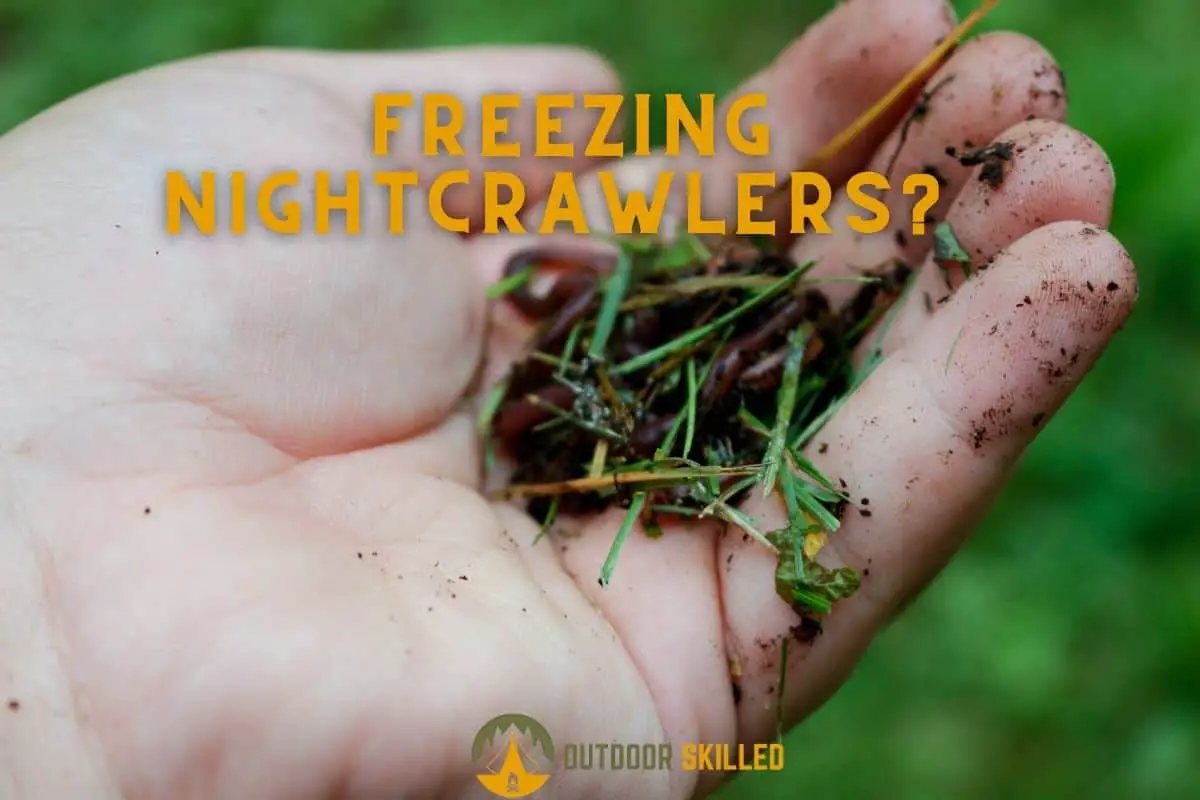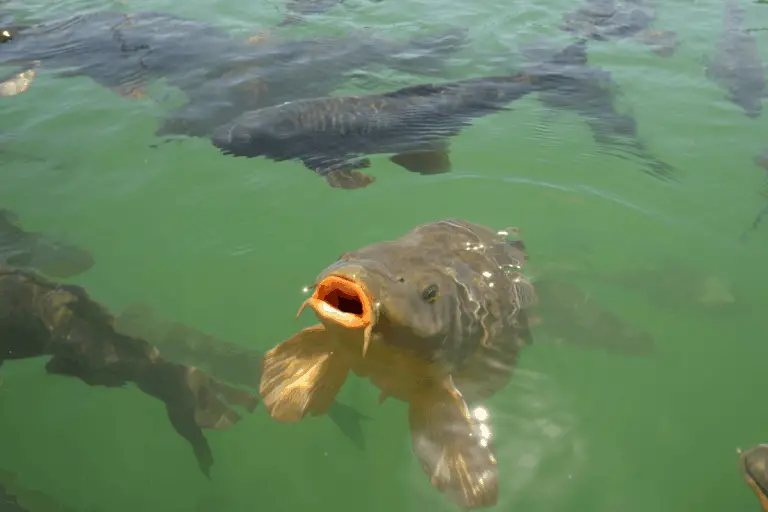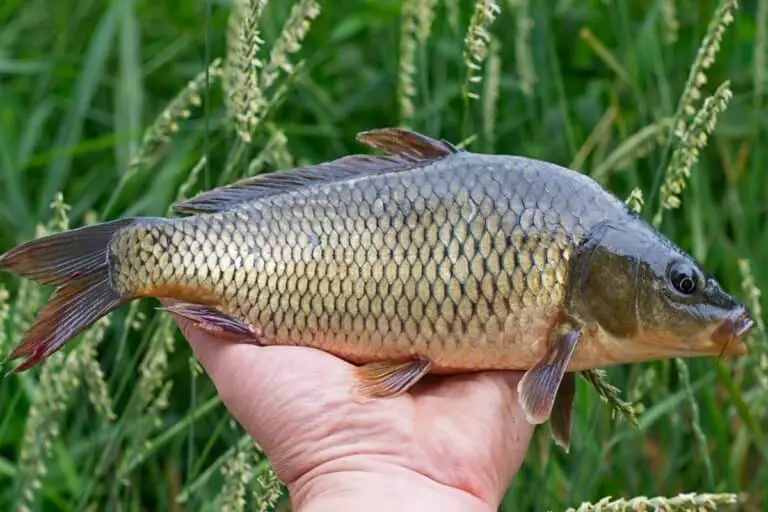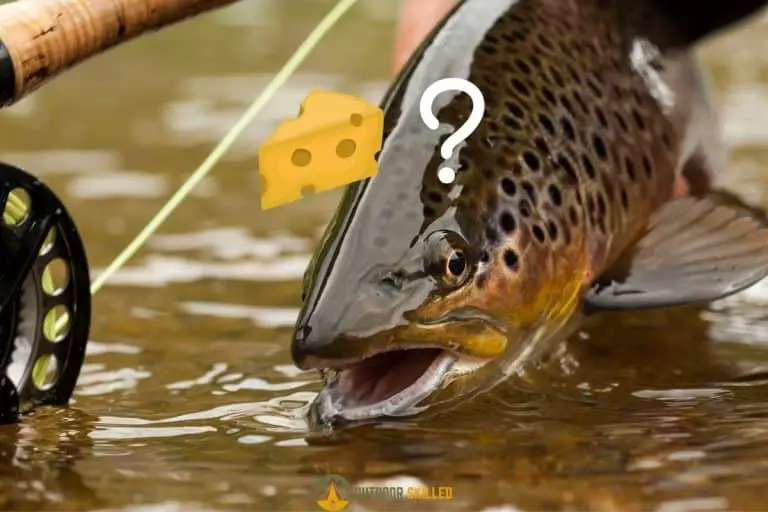Can Nightcrawlers Be Frozen? How To Make Them Survive The Fridge
Anglers value nightcrawlers and rely on them because of one thing; their effectiveness to attract almost any fish. A nightcrawler under a bobber can catch anything from panfish to predator bass, and even walleyes and catfish due to how they bring a natural smell to your fishing presentation. But what if you got too many and want to save them for later?
Can nightcrawlers be frozen? No, nightcrawlers can’t be frozen or they’ll thaw. Freezing nightcrawlers is not practical and you’ll end up having just a bunch of stinky goo in the fridge. Instead, they can be kept in temperatures as low as 42°F (7.2°C) and they’ll stay alive for some time till you use them again.
Keep reading to know all about nightcrawlers and other worms and how you can efficiently preserve them for later.
Table of Contents
How Long Can You Keep Nightcrawlers In The Fridge?

How long can you keep nightcrawlers in the fridge? You can keep nightcrawlers in the fridge for 3 weeks if you do it right. Knowing how to properly keep them in the fridge will extend the period of their survival, they may even get a little bigger for your next fishing trip.
The next time you plan on keeping the rest of the worms you have for your upcoming trip, follow these tips to extend their healthy stay in your fridge:
- Put nightcrawlers with their weed in a styrofoam container while you’re still on the fishing boat.
- Soak them two or three times in the water while they’re in the container.
- When you’re about to go home, drain the water from the styrofoam container and make sure it’s still moist.
- Fill a bottle with 16 oz (453.5 g) with water from the water body you’re fishing in right before you head home. You can use it to keep them moist every once in a while.
- Make small holes in the container to pass air.
- Keep them in a dry cool place in your fridge. Don’t put them in the freezer, make sure the temperature is between 32-to-37°F (0-to-2.7°C).
- Feed them once a week, you can sprinkle two to three tablespoons of used, damp coffee grounds into their container. Good alternatives would be blended fruit and veggie scraps or eggshells. Don’t over-feed them or they’ll die, make sure the food you sprinkled has been eaten before giving them some more.
Following these tips can make your nightcrawlers last for about 3 weeks and more then come out as fresh as you left them. Before you head on your fishing trip, take them out and keep them in a dry environment, not frozen or wet.
Can you freeze worms for fishing?
So, can you freeze worms for fishing? Yes, you can freeze worms for fishing but that depends on which worms you’re using. Some worms can defrost thoroughly after being frozen for a while, but other worms don’t do the same and freezing conditions make their inside parts liquefy with dangling skin.
Freezing some kind of worms can make them unable to regain their original form. Using worms like nightcrawlers is not meant for freezing and you better keep them in a cool dry place where they can survive without going through the defrosting process.
And, of course, if you are going fishing soon, you should take a look at my recommended fly fishing lines here. These lines will definitely earn a spot on your gear list from now on.
Can frozen maggots come back to life?
Can frozen maggots come back to life? Yes, maggots can come back to life after being frozen if you defrost them before a maximum of two weeks. They can defrost just fine but if you pass that time, there’s a possibility that they get invariably wrinkled and may not get back to their original shape.
Freaky, right? However, it’s true that maggot anatomy tolerates being frozen and they can totally come back to life as fresh as they were. How they survive is still unknown, but they can tolerate ice crystals forming within their cells without causing any damage. They can survive in freezing conditions up to -76°F (-60°C) with no consequences.
However, you don’t want to push them too far to test their endurance, what matters the most is how they can defrost and become useful again as bait so make sure to keep them at a temperature of 37.4-to-42.8°F (3-to-6°C).
5 Reasons Why You Should Use Worms and Maggots As Your Bait
Many anglers prefer using bait such as worms and maggots because of how practical they are. They Can be used to catch almost any fish around and it won’t even hurt hooking a worm to other artificial bait for maximum results.
Worms and maggots release substances in the water that can attract lots of fish to their smell and movement. But that’s not the only reason why I think using them is a great help, here is a list of other reasons that can convince you:
- Easy to catch, use, and keep. Do I need to keep going? As much as many anglers love some sort of challenge in their trips, but they won’t mind using an easy choice every once in a while to boost their chances. Worms and maggots are the easiest to catch and use and you can store some of them for later.
- Free! It’ll cost you nothing to get some worms and maggots for your fishing trip, which makes you take a look back at the first point and how they’re easy to find and catch. You can find them almost anywhere, in the dirt in your garden, in some damp soil, or on the street after a rainy day. Of course, you can still buy them but even then, they’re not expensive.
- Effective. Easy access and cheapness don’t result in a lousy fishing experience after all. They’re effective to attract almost any fish due to their smell and movement. They wiggle in the water which catches the fish’s attention to strike.
- Any size will do. You don’t have to pick a specific size or shape as they all work as effectively. You can even buy big ones to cut them into smaller pieces, and you can still get that wiggling action that attracts fish.
- High on protein. Protein attracts big predator fish and other fish that like to have a heavy protein meal every once in a while.
What’s Better: Dead or Live Worms?
It’s up to you to choose whether you want to catch the fish you’re targeting with dead or live worms, but maybe this simple comparison will help you decide which feature you need the most:
Dead worms
- Give out more scent and flavor
- Stays exactly where you cast them, can be very effective in weedy areas.
- Works best with an artificial lure.
Live worms
- Creates vibration in the water that attracts fish that use their lateral line to detect fish.
- When cut into pieces, the smell of the fresh blood can attract the fish to the bait.
- Their fresh scent is more attractive to fish.
Related Questions
What Hooks To Use For Nightcrawlers?
Use hooks in sizes 4 through 8 as they work best for nightcrawlers. To rig, tie on an Aberdeen or bait holder, thread on your nightcrawler, then pinch a BB-sized split shot onto the line. Cast them in and pull slowly and frequently for better chances.
Can I Dead Worms As Bait?
Yes, you can use dead worms as bait. They can still produce a smell that attracts fish to chase your bait, however, they lose the benefit of producing vibrations in the water. Some fish don’t rely on their sense of smell, instead, they rely on the lateral line to detect vibrations in the water.







